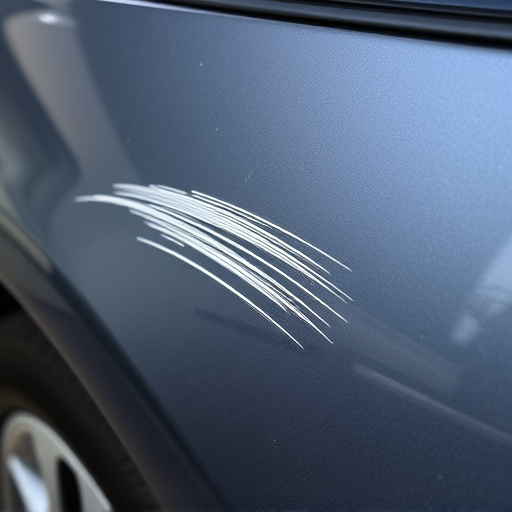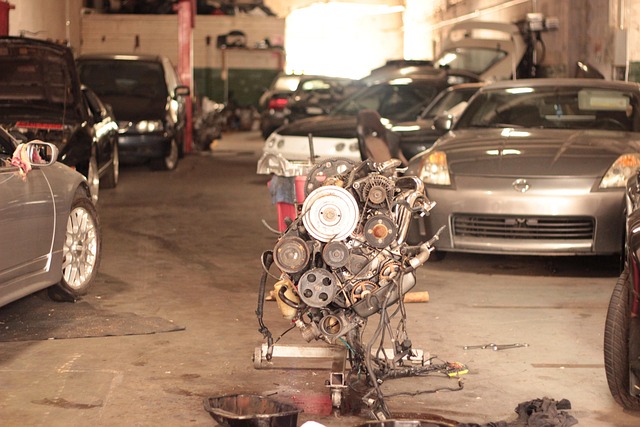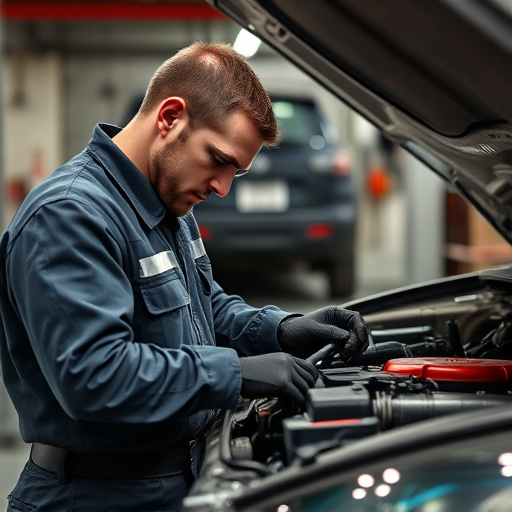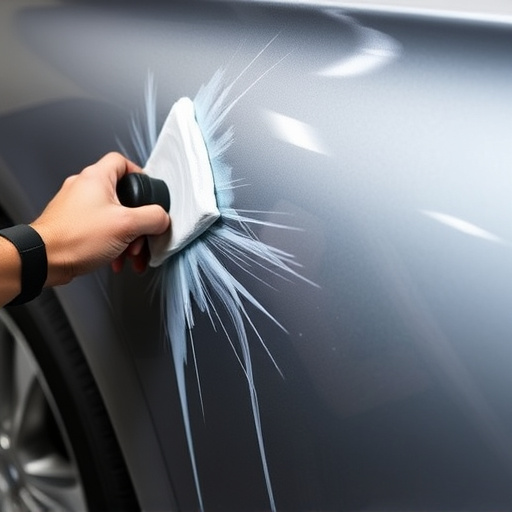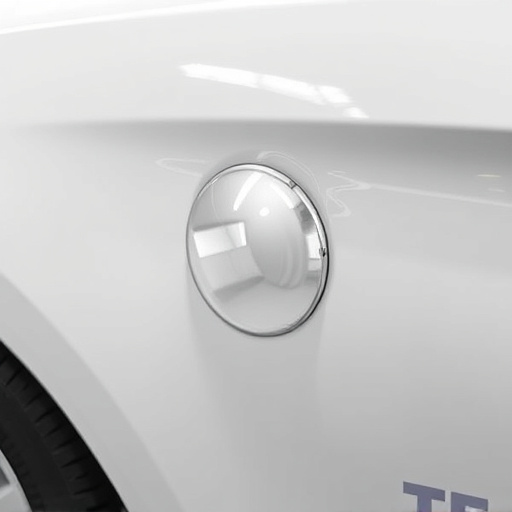Trim restoration collisions refer to minor exterior damage to vehicles, impacting appearance and value. Modern cars, with intricate designs, require meticulous repair techniques. Professionals assess and replace parts to maintain original design and integrity. These collisions have significant financial implications for insurance companies, affecting policy coverage and claim handling. Efficient management involves partnerships with specialized services and digital tools to ensure high-quality repairs, enhance communication, and boost customer satisfaction.
“In the realm of insurance claims, trim restoration collisions represent a unique challenge. This article delves into the intricate details of these incidents, where minor car damages result in significant reporting implications. We explore the rising trend of trim restoration collisions and their impact on the insurance industry.
Understanding these occurrences is essential for insurers to navigate complex claims processes effectively. By examining financial implications and adopting best practices, insurance companies can enhance their claims handling, ensuring a more efficient and accurate reporting system.”
- Understanding Trim Restoration Collisions: A Comprehensive Overview
- The Financial Implications for Insurance Companies
- Enhancing Claims Handling: Strategies and Best Practices
Understanding Trim Restoration Collisions: A Comprehensive Overview

A trim restoration collision refers to incidents where a vehicle’s exterior trim, including components like moldings, grilles, and panels, sustain damage. These collisions often occur during parking accidents, low-speed bumps, or minor fender benders. Unlike more serious car dent removal or autobody repairs that involve significant crumple zones and structural damage, trim restoration collisions typically result in less severe aesthetic issues. However, they can significantly impact the look and value of a vehicle, especially for those who take pride in their car’s appearance.
Understanding these collisions requires recognizing that modern vehicles are designed with intricate exterior details, making them more susceptible to such damages. Car body repair techniques for trim restoration involve meticulous work, often requiring specialized tools and expertise. Professionals carefully assess the extent of the damage, replace or reshape damaged parts, and ensure precise fitting to maintain the vehicle’s original design and symmetry. This comprehensive approach ensures not just visual appeal but also preserves the overall integrity of the car’s exterior.
The Financial Implications for Insurance Companies

The financial implications of trim restoration collisions for insurance companies are significant. When a vehicle experiences a collision, even if it’s a relatively minor one, it can lead to extensive damage to its interior and exterior trim. Trim restoration, which involves repairing or replacing these damaged components, is often a necessary step in the autobody repairs process. Insurance providers must factor in the cost of both direct repair and indirect costs associated with these incidents. Direct costs include the materials and labor required for body shop services, while indirect costs may encompass rental car coverage and loss of use for policyholders during the repair period.
These financial implications can vary widely depending on several factors, including the severity of the collision, the age and make of the vehicle, and the specific trim restoration techniques employed. As such, insurance companies must carefully assess claims involving trim restoration collisions to ensure accurate pricing and coverage. By understanding these complexities, insurers can better manage their financial risks and provide efficient services for car dent repair while maintaining the integrity of their policies.
Enhancing Claims Handling: Strategies and Best Practices

In the realm of insurance reporting, particularly regarding trim restoration collisions, efficient claims handling is paramount. By implementing robust strategies and best practices, insurance providers can streamline processes, reduce costs, and enhance customer satisfaction following such incidents. One key aspect involves fostering partnerships with reputable car bodywork services that specialize in precise trim restoration. These experts not only ensure the visual appeal of repairs but also minimize the overall impact on vehicle value, a crucial factor in accurate insurance assessments.
Additionally, adopting digital tools for claims documentation and communication can significantly enhance efficiency. Digital platforms facilitate real-time updates, transparent communication with policyholders, and seamless coordination with car repair services. This digital approach not only expedites the claims process but also reduces errors, ensuring that all parties involved have access to accurate information throughout the trim restoration collision resolution.
Trim restoration collisions represent a unique challenge in the insurance industry, demanding meticulous handling due to their intricate nature. By understanding these incidents better, insurance companies can enhance claims processing efficiency. Implementing strategic best practices, such as efficient communication, thorough documentation, and leveraging technology for assessment, can significantly reduce costs and improve customer satisfaction during the trim restoration process. Embracing these strategies ensures a proactive approach to managing trim restoration collisions, ultimately streamlining insurance reporting.

